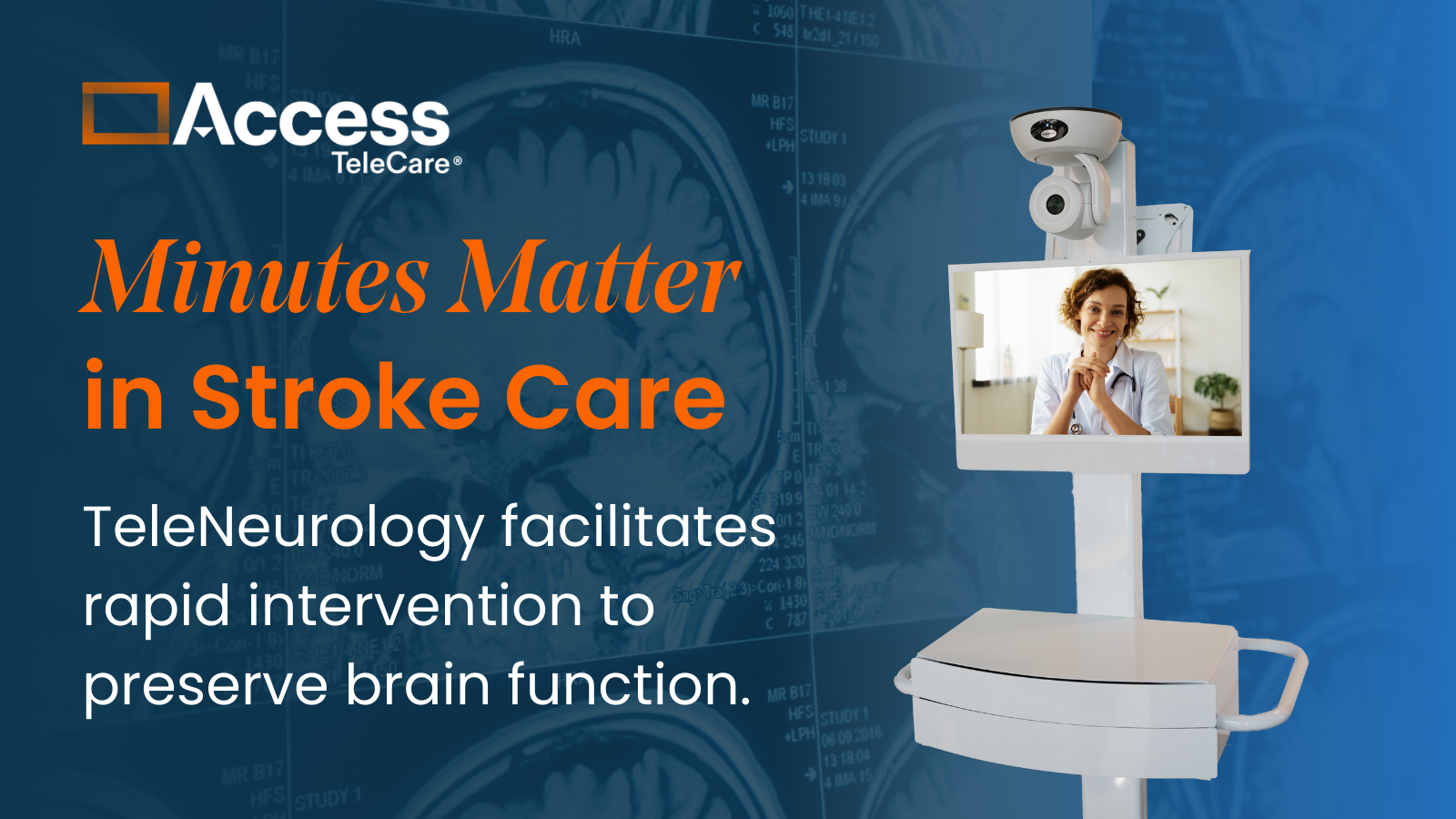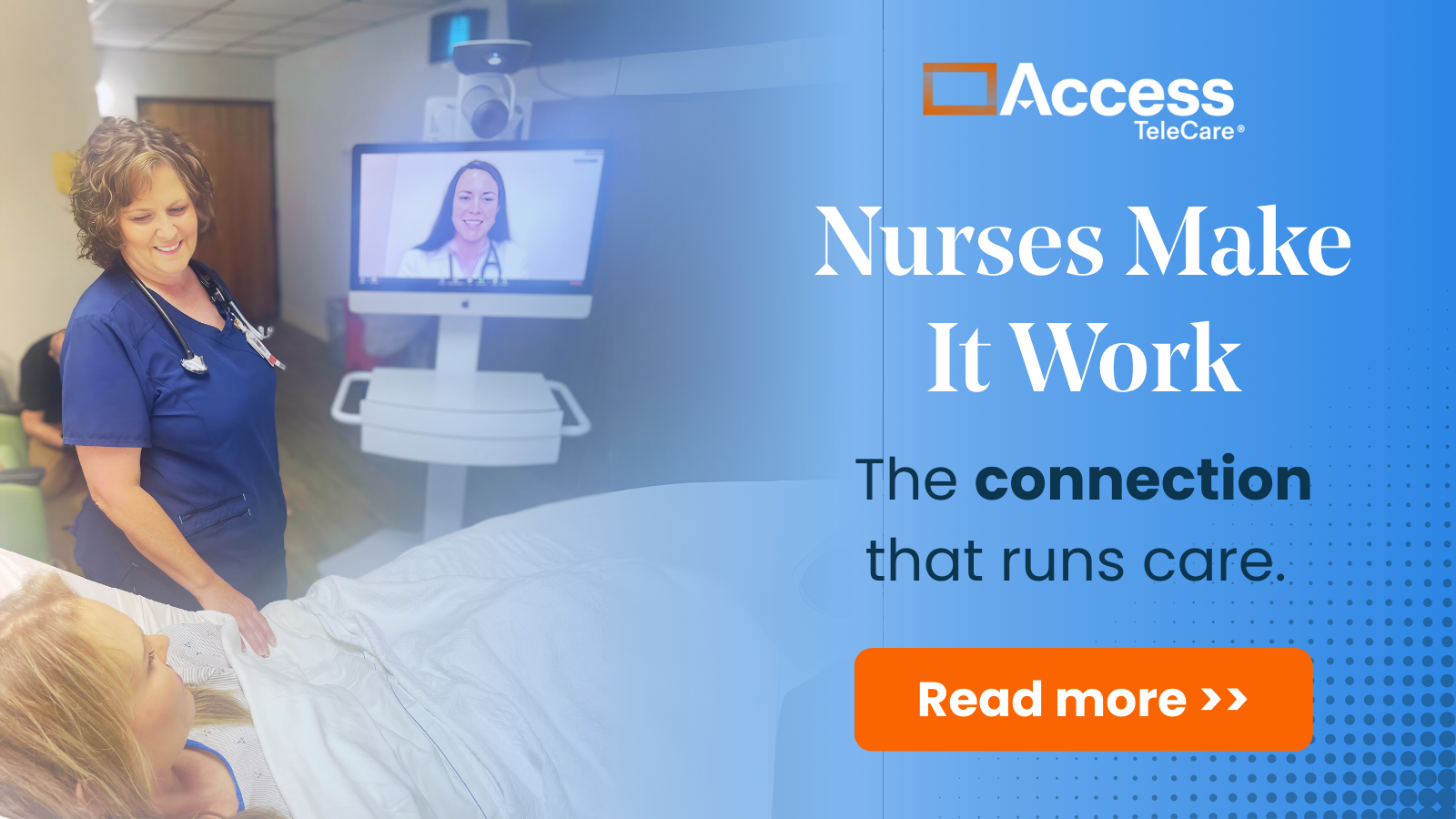What is the difference between a bomb cyclone and a hurricane? At the Access TeleCare Consult Coordination Center, it really doesn’t matter. As bad weather events move in, we mobilize resources and put telemedicine contingency plans in place. We monitor weather events continually to identify potential disruptions. Our disaster preparation for Hurricanes Harvey and Irma in 2017 provided an excellent illustration of preparedness.
Before the storm
Access TeleCare has over 450 hospital telemedicine clients, many of them in Texas and Florida areas, that were affected by Hurricanes Harvey and Irma in 2017. We started closely monitoring on Friday, Sept. 1, with the executive team and key departments on alert over Labor Day weekend.
On Tuesday, Sept. 5, with high confidence for Harvey’s impact, we defined a focused team to lead and coordinate our response. A daily meeting was established, including weekends. Multiple teams were involved: Consult Coordination Center, Scheduling, Practice Management, IT, Customer Engagement, Finance, HR, Sales, and Executive Leadership. Updates included storm related details, performance metrics, physician scheduling plans, client reactions/needs and IT issues. We followed the same protocol for Hurricane Irma.
Physician scheduling was a key focus. We tracked and identified physicians in impacted areas, produced schedules with “worst case” scenario (no physician available in impacted areas), and created consult and shift incentives for Neurologists and Psychiatrists outside of the impact zones to apply as conditions warranted.
We developed client and physician communications outlining our preparedness plans with the offer to assist where possible. We wanted to ensure safety as first priority and prepped staff to be ready to develop additional communications needed during or after the storm.
During the storm
We created a Physician Tracker document to identify all physicians that were in the path or near the projected path of the storm. Color coding was used to depict the proximity of our physicians to the path of the storm. County information was included, which helped us update information easily when the storm changed directions.
We proactively arranged “standby” telemedicine coverage for each physician before the storm to ensure that we had coverage ready for those physicians who might have to evacuate. We tracked which physicians were evacuating and to where while asking if we could help in any way. After the storms had passed, we transitioned to post-recovery tracking to confirm physicians were back up and running at their home or offices.
Trends we encountered both pre-and post-storms will help us with planning for future events. For example, there were predicted volume fluctuations in our telePsychiatry consults for both storms. Pre-storm, hospitals pushed to clear psychiatric patients before impact. During the storm, there was reduced volume for psychiatric telemedicine consults. Post-storm, we planned for an expected spike from patients leaving rescue centers and coping with the added stress from impact.
Ready for the next storm
Our storm tracking and preparedness protocols are continuously analyzed and updated for improvements and will help us with any inclement weather event this winter, as well.
If you are interested in learning more about how telemedicine can help you with disaster preparation, contact us.









